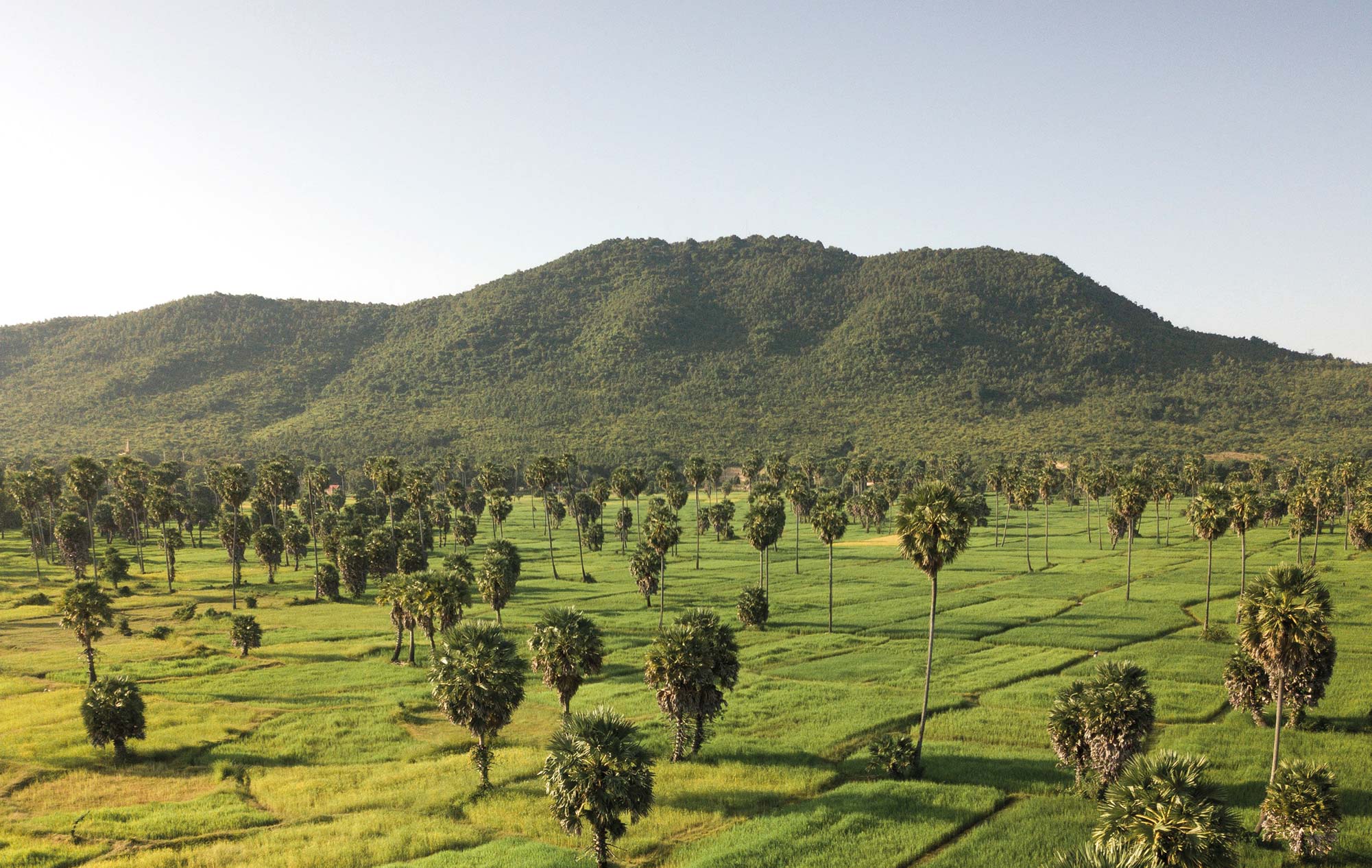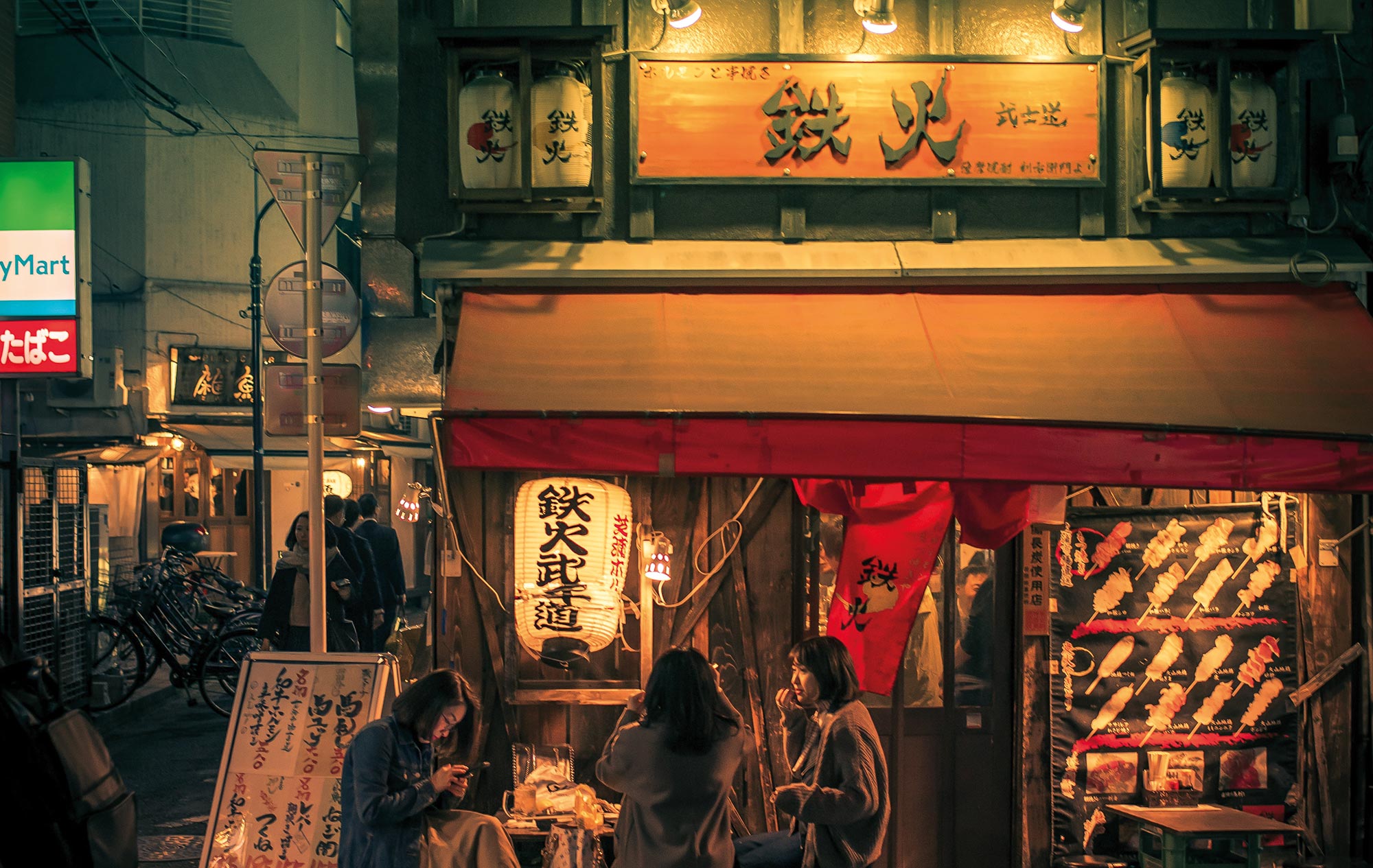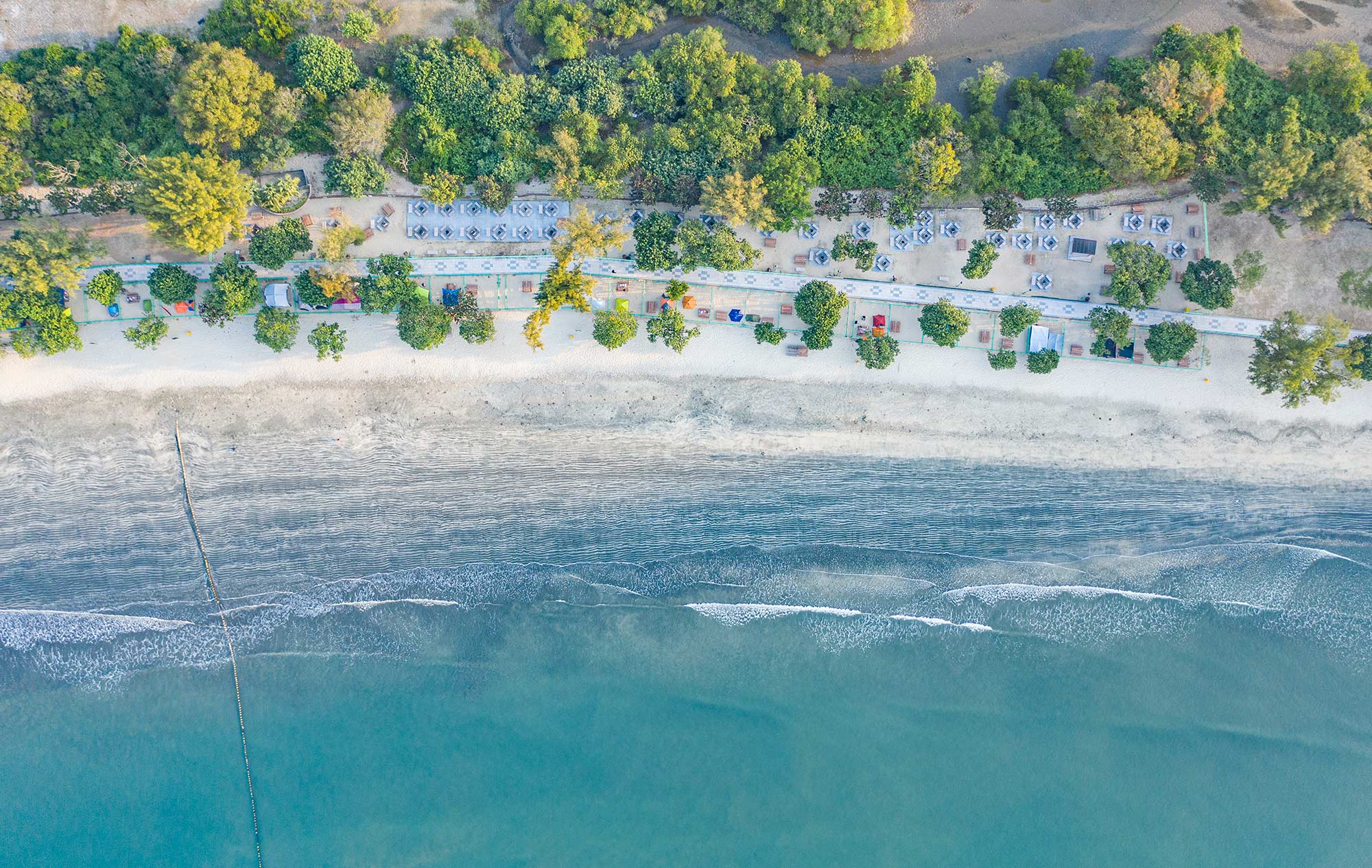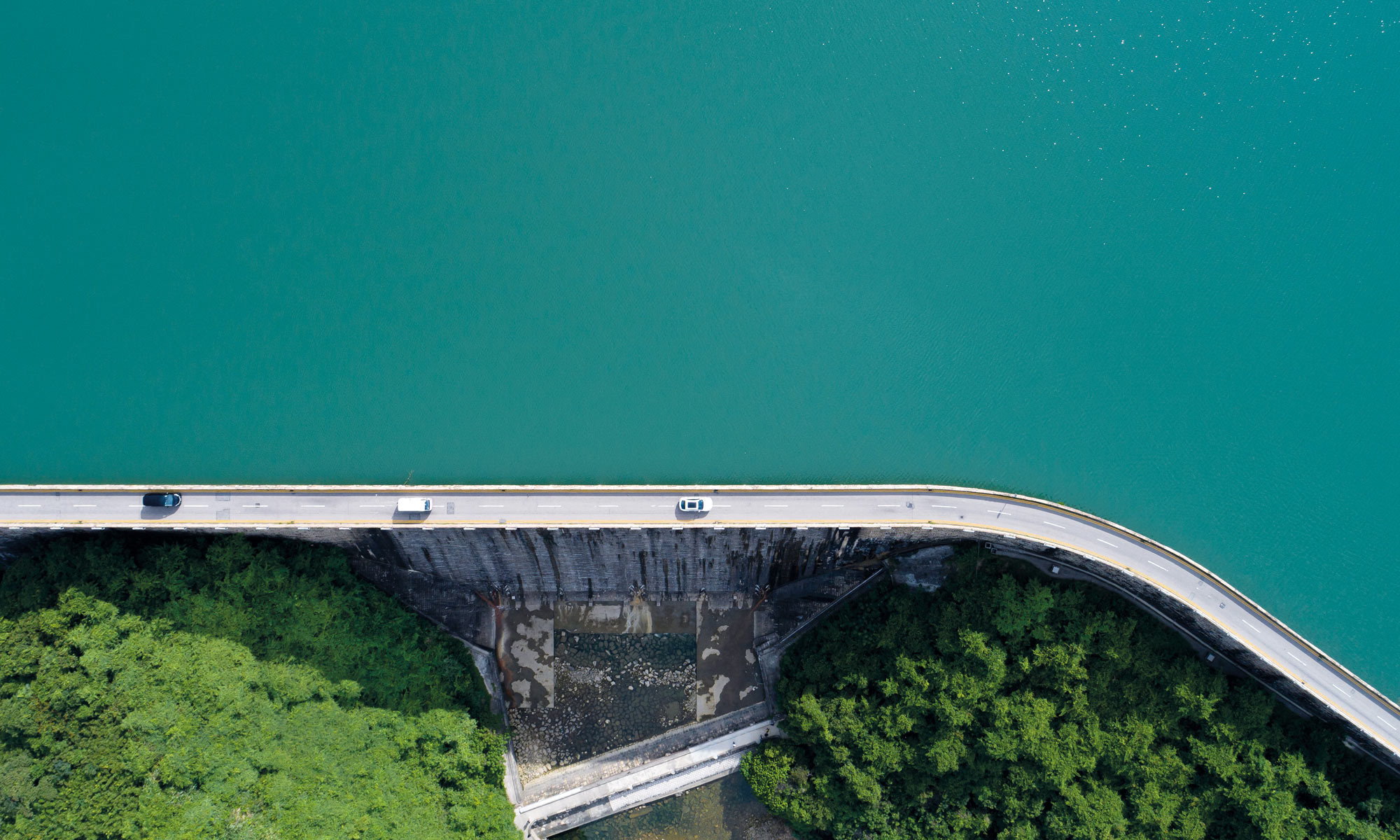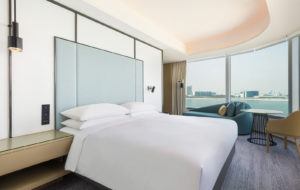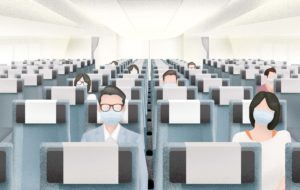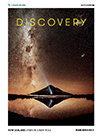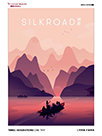Xiao Han
Touchscreen Minimalism
‘Less is more’ is a guiding force behind the work of Xiao Han, whose Instagram feed is filled with shots of sleek, modern architecture and portraits that are strategically framed by the striking shapes, lines and contours of buildings around China and beyond.
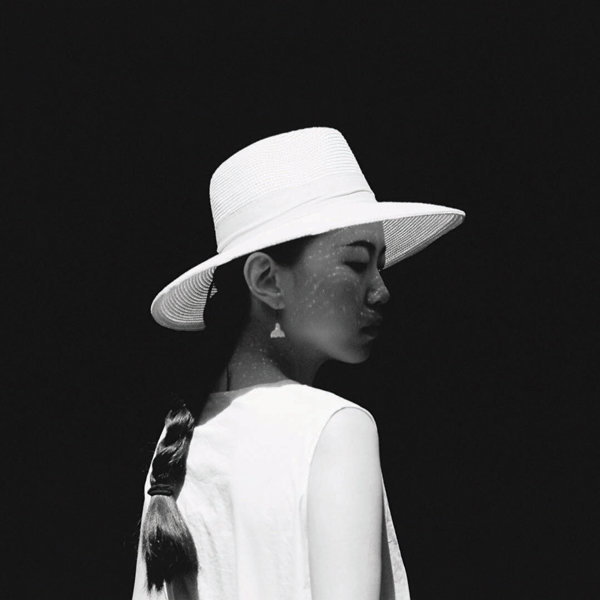
‘They are essentially conversations between the people and the architecture,’ says the Shanghai-born photographer of her portfolio. Since joining Instagram in 2014, Han has amassed a 70,000-strong following.
Nowadays, scouting for minimalist locations has become second nature. Using websites like ArchDaily, Han keeps tabs on cities and countries with the highest number of ‘Instagrammable’ buildings, and plans trips based on her notes. In the beginning, however, it took Han months before she was even comfortable shooting outside of her own home.
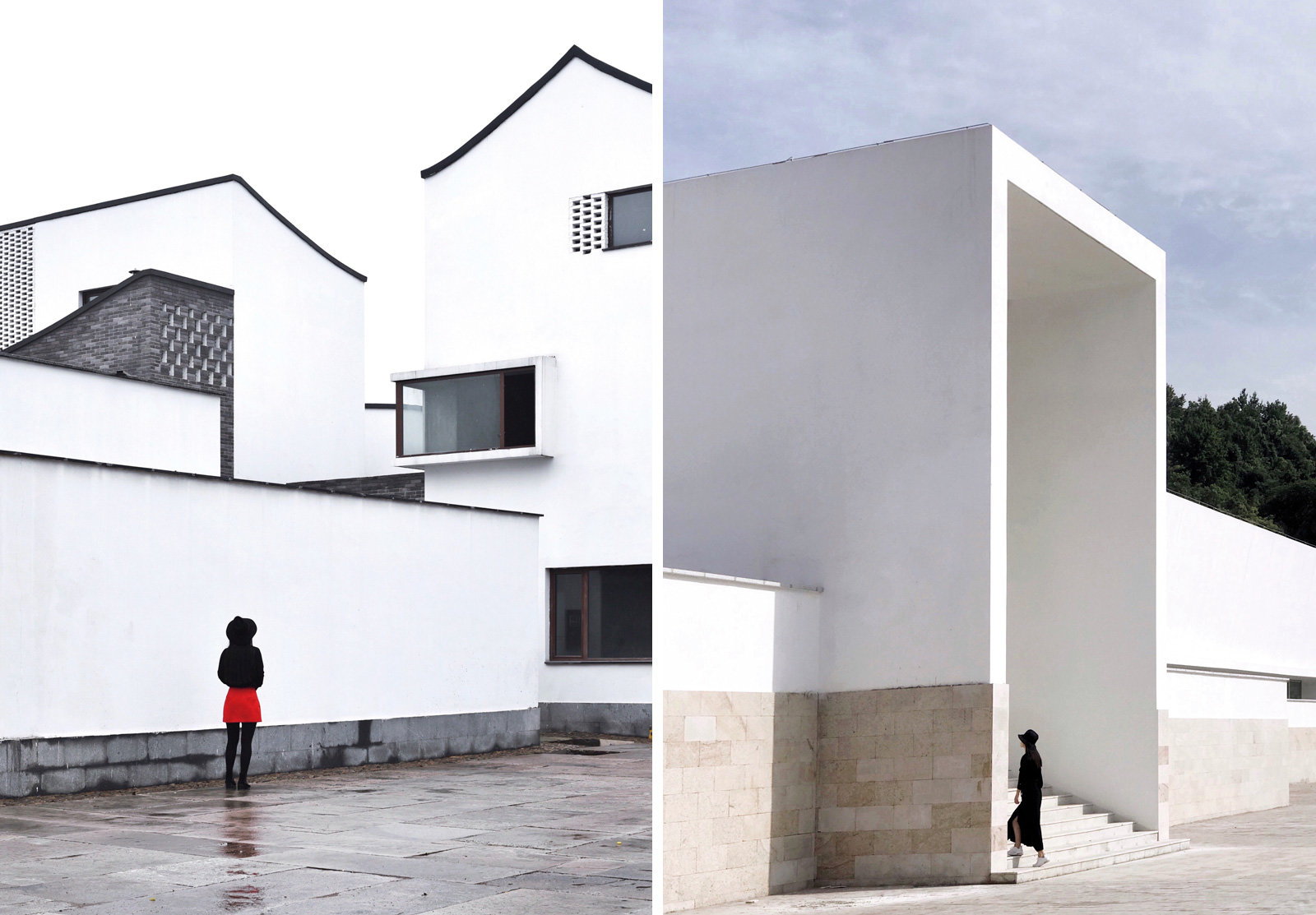
‘I started off posting “on the table” shots of one single item – a cup, a pen or a book – on my WeChat Moments,’ the photographer says, recalling the early days of fiddling with her iPhone camera, which is still her weapon of choice today thanks to the convenience of being able to shoot and edit on the same device.
Unknowingly, this allowed Han to develop an eye for a good angle and composition. ‘No matter what you’re shooting, it’s always about balancing the different elements in the frame,’ Han notes. ‘I always recommend starting off with just one thing in the shot, and then gradually adding more once you feel comfortable. It takes time and practice to find your own style, and the only way to get better is by trial and error. If one angle isn’t great, try another; you’ll eventually find a shot that works.’
Krista Rossow
Travel Through People
For photographer and photography instructor Krista Rossow, travel and taking pictures have been two essential components of her life for more than a decade. Like many, she can’t imagine a world in which one exists without the other.
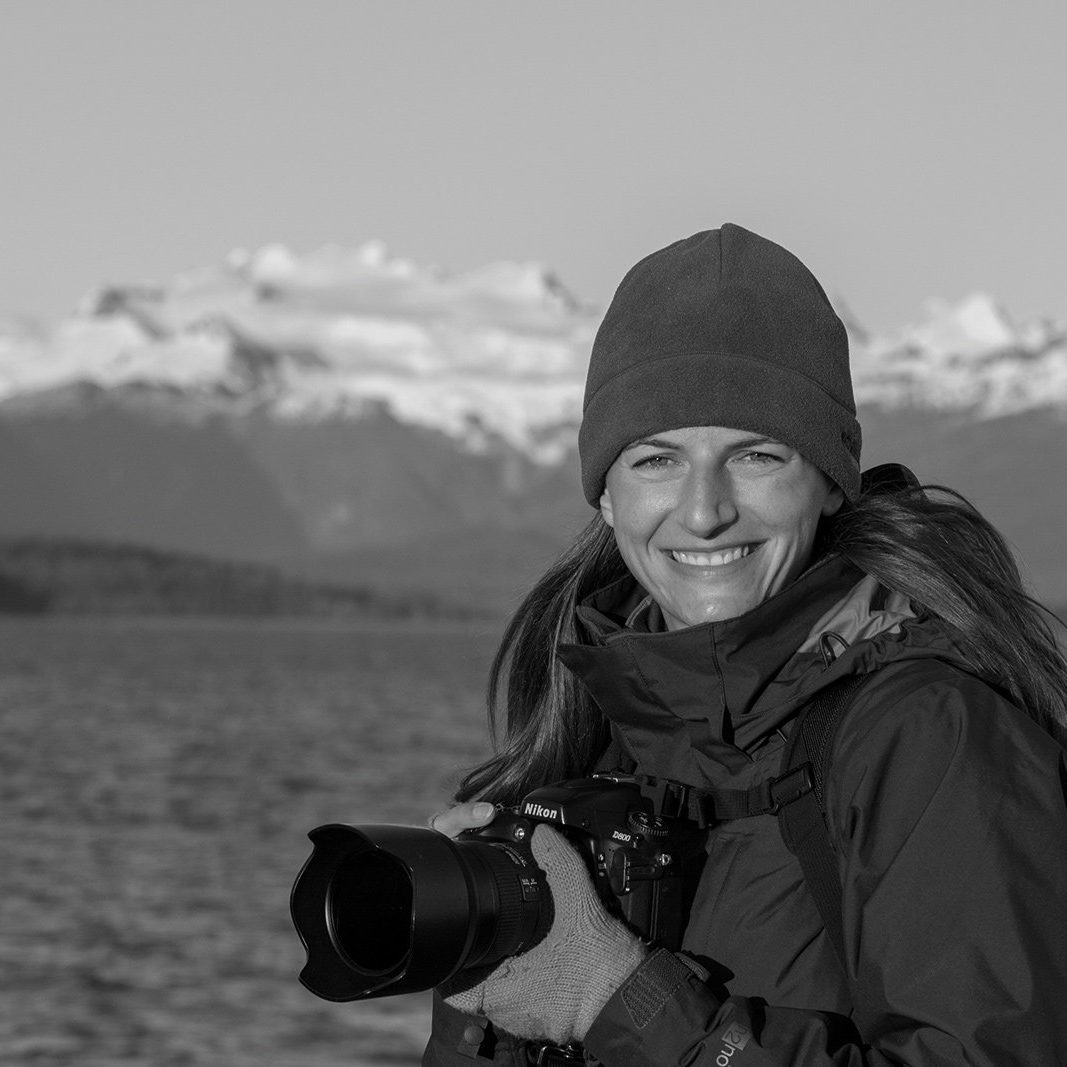
‘Photography is my way of exploring new places and satisfying my curiosity about them; they just go hand-in-hand,’ she says from her home in Eugene, Oregon – a place she hasn’t seen much of lately,as a result of overseas assignments that have taken her across the world, from the Arctic to Antarctica.

Rossow considers working as a photo editor at National Geographic Traveler to have been one of the most important chapters of her career. ‘I had the privilege of being able to commission world-class photographers for different assignments,’ she says. ‘They’d submit every frame from the shoot – sometimes upwards of 10,000 photos. I got to see how hard people worked to get the shots, how they “negotiate” themselves into a scene trying to find different perspectives and a variety of images that would make the pages come alive. This made me believe there’s a good picture to be made in any kind of situation – but sometimes, you just have to look harder for it.’
After branching out on her own five years ago, Rossow has delved deeper into her interest in taking portraits of locals on the streets.
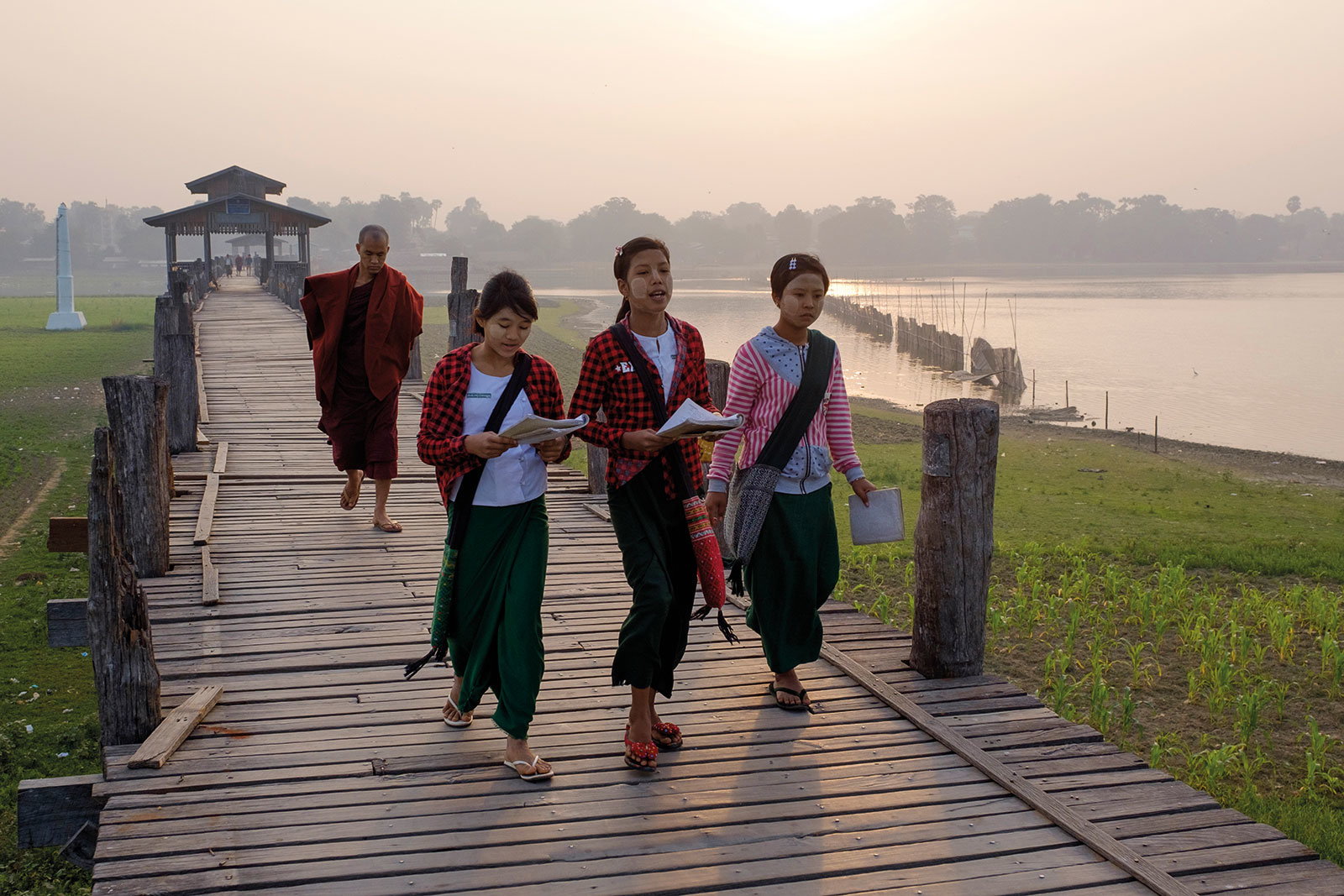
‘Generally, I’ll identify myself as a travel photographer, and tell them what I find interesting in them – whether it’s something they’re wearing or doing, or elements in their surroundings. Afterwards, I’ll always show them the picture that I’ve taken,’ says Rossow. ‘I’m just always amazed at their generosity, and how willing people are to grant you access into their world: even if it’s just for a few minutes.’
Christopher Lim
Keeping Film Alive
The digitisation of our world opened up endless possibilities for photography. With new cameras, gadgets and software released each year, the process of capturing and refining images has become much easier than ever before.
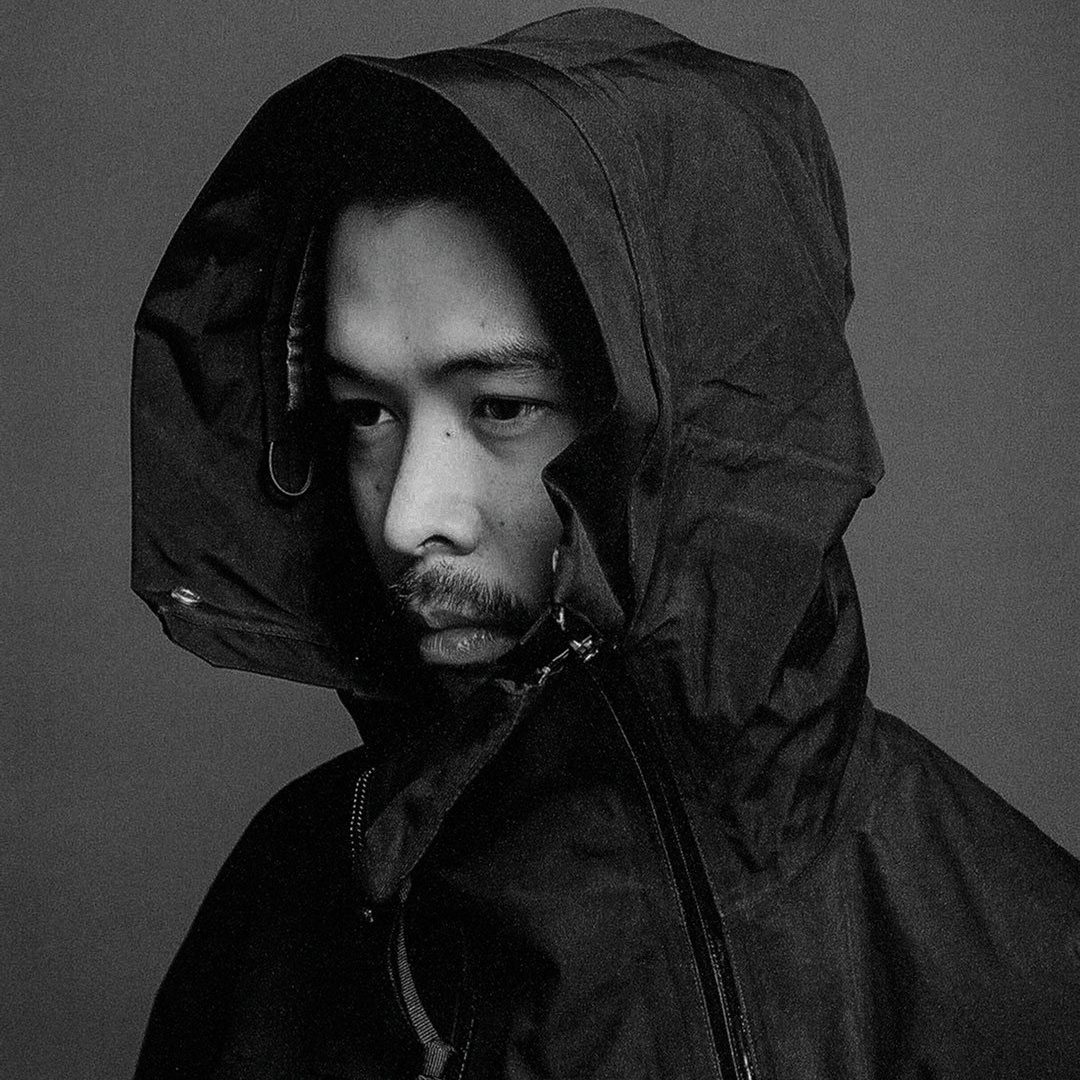
This heavy dependence on technology, however, has in recent years inspired a selection of photographers to rebel against the mainstream and take a second look at analogue photography – where film is loaded into an analogue camera, and light interacts with the chemicals in the film to create an image. Christopher Lim has been a staunch supporter of this resurgence for more than a decade, and considers shooting with a film camera to be a ‘digital detox’ of sorts.
While the Melbourne-born, Hong Kong-based freelance photographer shoots mainly on digital for his commercial work, film cameras are still his go-to for personal projects and travels. Recently though, some of his clients have also begun requesting for projects to be shot on film.
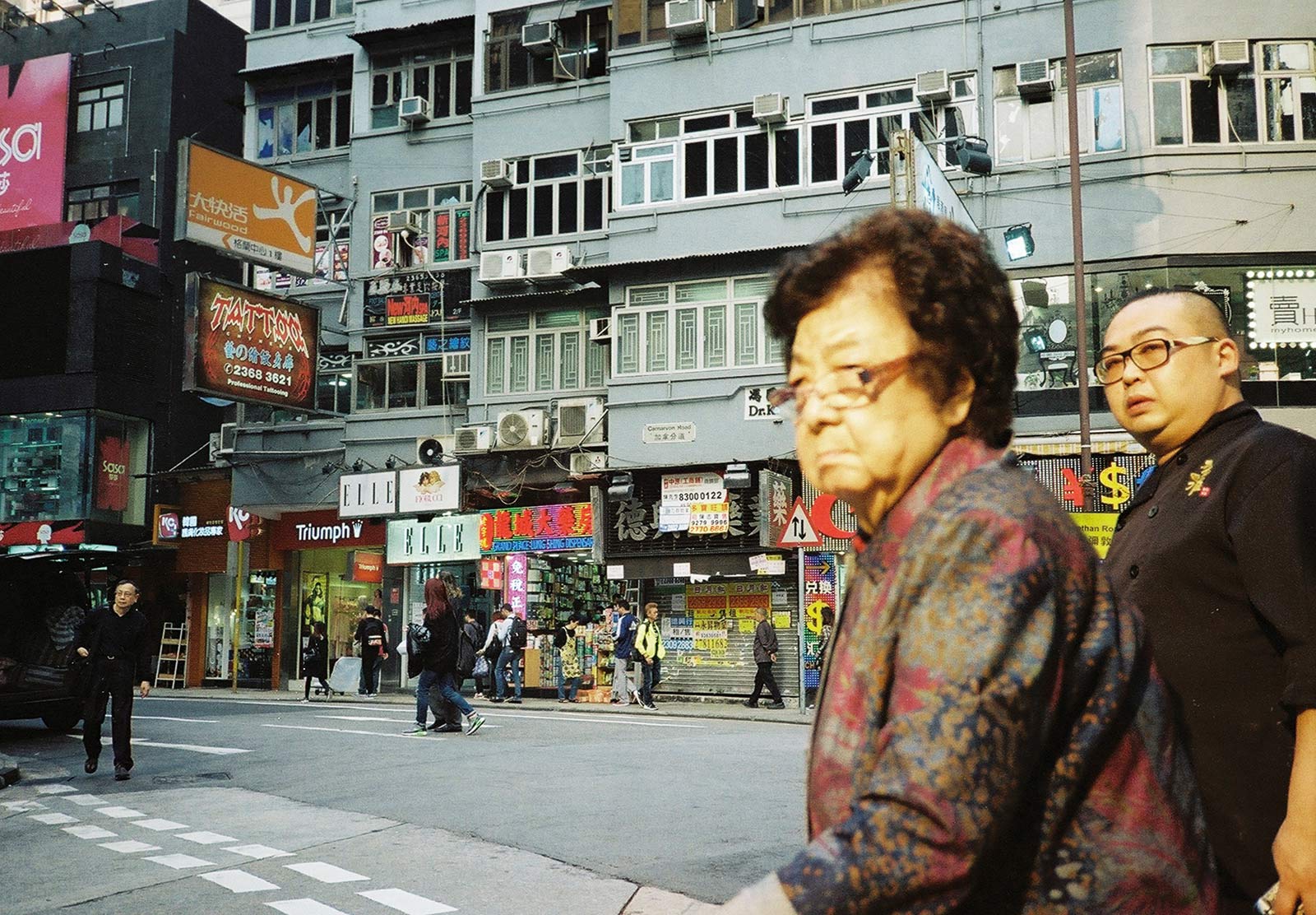
‘People always say you can extract more emotions from a scene with film, but it depends on the mood you want to convey, and the situation of the shoot matters, too,’ explains Lim. ‘It’s easier to shoot analogue if you are able to pre-plan and control different elements of your set.’
For those who want to pick up a film camera, Lim has the following advice: ‘Don’t think you need to buy expensive hardware in the beginning. Whether it’s a single-lens reflex (SLR) or point-and-shoot camera, just choose the most basic model and practice on it.’
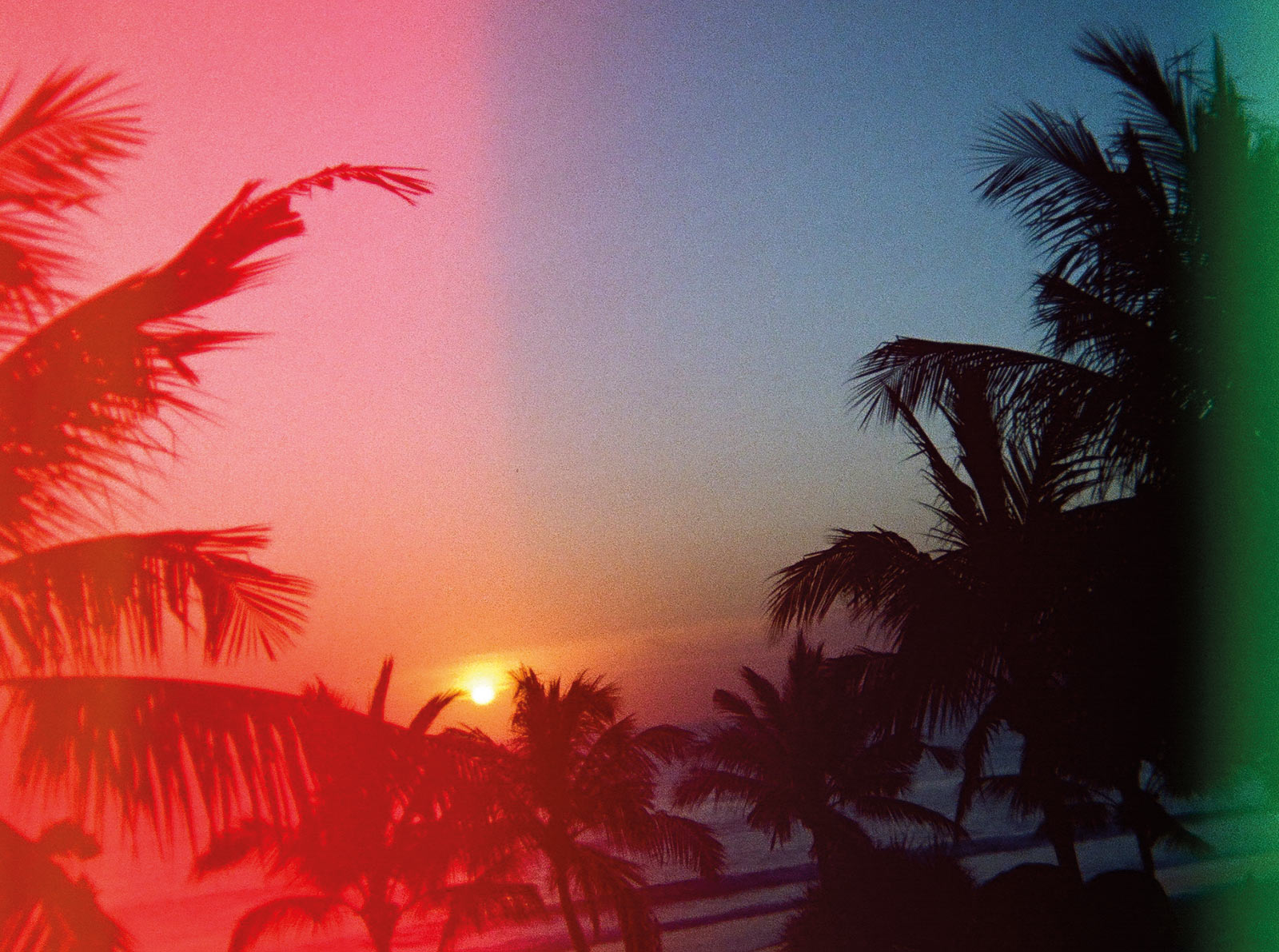
And above all else, patience is one of the most important qualities for a photographer. ‘Whether it’s waiting for some clouds to pass by to get the optimal amount of sunlight, or for the right subject to stop in front of an interesting spot, getting a good shot takes time – and more often than not, luck.’
Cody Ellingham
How to shoot a neon city
Scrolling through Cody Ellingham’s Instagram page, it’s easy to see why he describes himself as a ‘nightcrawler’. Since moving to Tokyo in 2014, the New Zealander has been capturing the futuristic cityscapes of Asia’s biggest and brightest metropolises, showing off their neon-coloured streets at night.
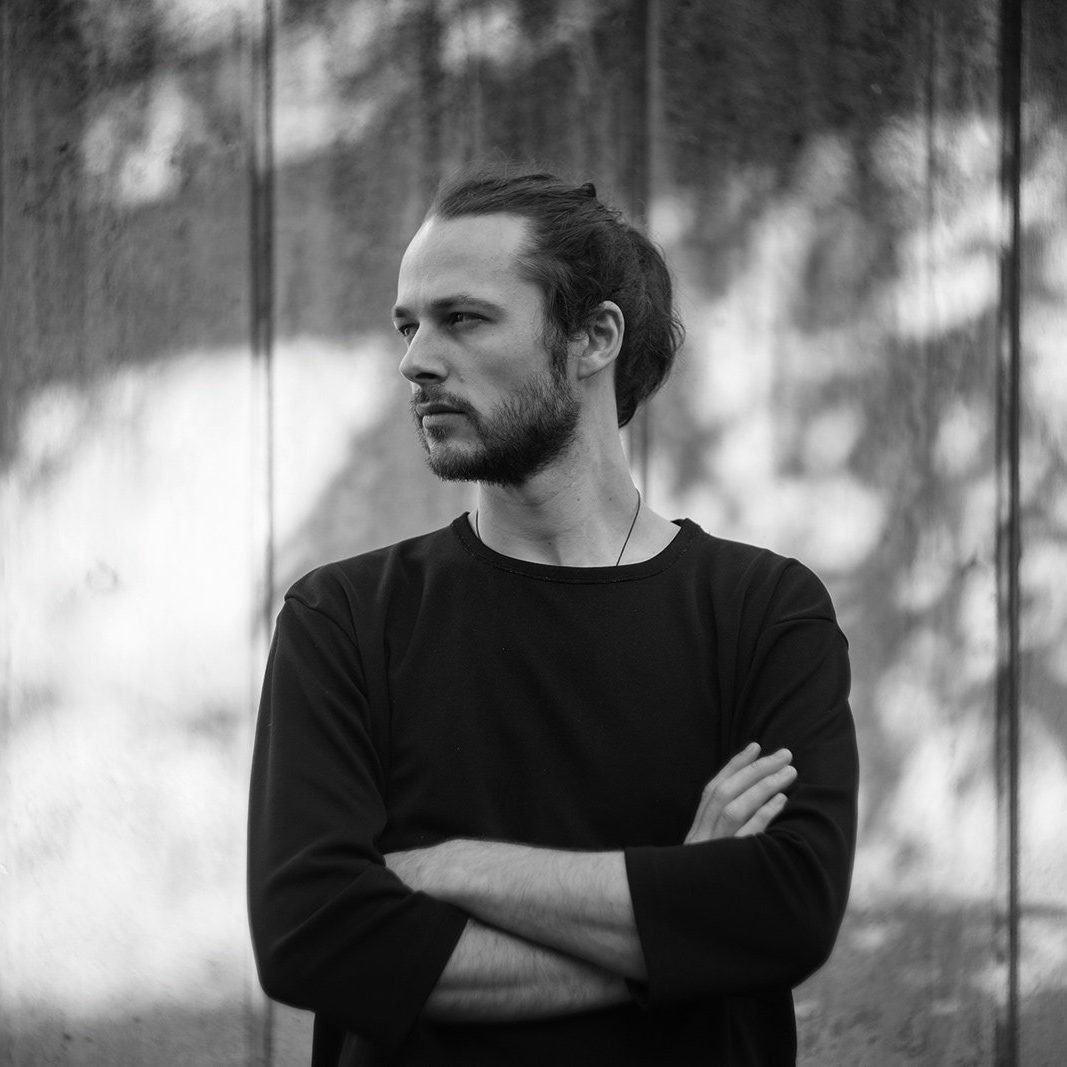
For Ellingham, Tokyo is one of the most photogenic cities in the world. ‘Buildings from the 1960s and ’70s and modern architecture brush shoulders with one another,’ he says. ‘You can capture all these layers of history in one single shot.’ These textures become even more pronounced at night: for the self-taught photographer, this is when cities ‘reveal their true colours’.
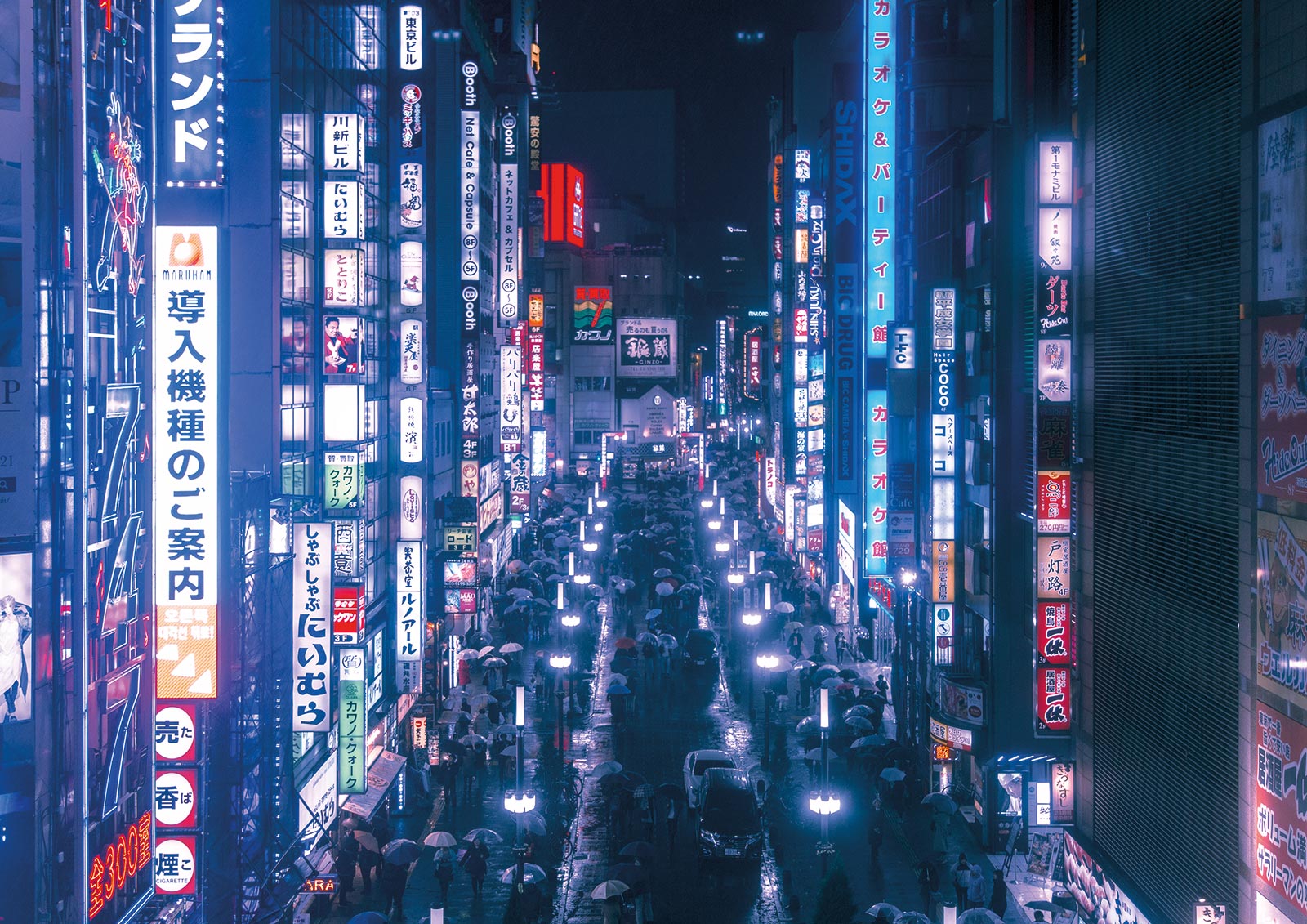
Mastering night photography might be challenging for many amateur photographers, but Ellingham recommends investing in a tripod as an easy first step. ‘Some might think it is very inconvenient, but having a tripod makes a big difference. Being able to stabilise your camera allows you to fine-tune your composition and even play with long exposure shots.’
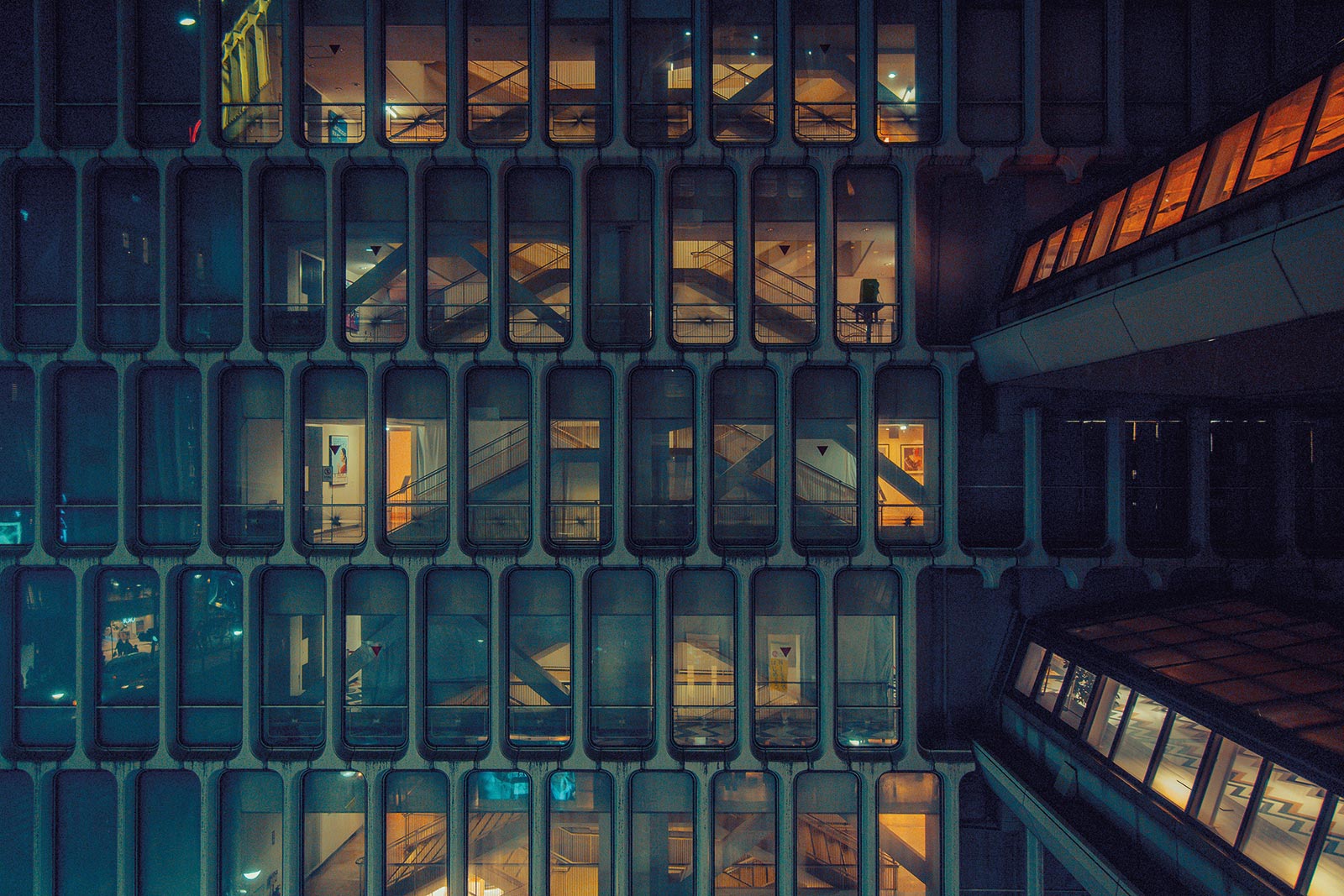
As architecture plays an integral role in Ellingham’s work, a tilt-shift lens has become a staple in his arsenal to help ensure that lines and angles are perfectly straight in every frame. ‘But besides the fundamentals of photography, and the equipment and technology that can help you get the shot, photographers should also think about the story or artistic concept that they are trying to convey. Like people say, it’s the last 10 per cent that takes time to perfect.’




